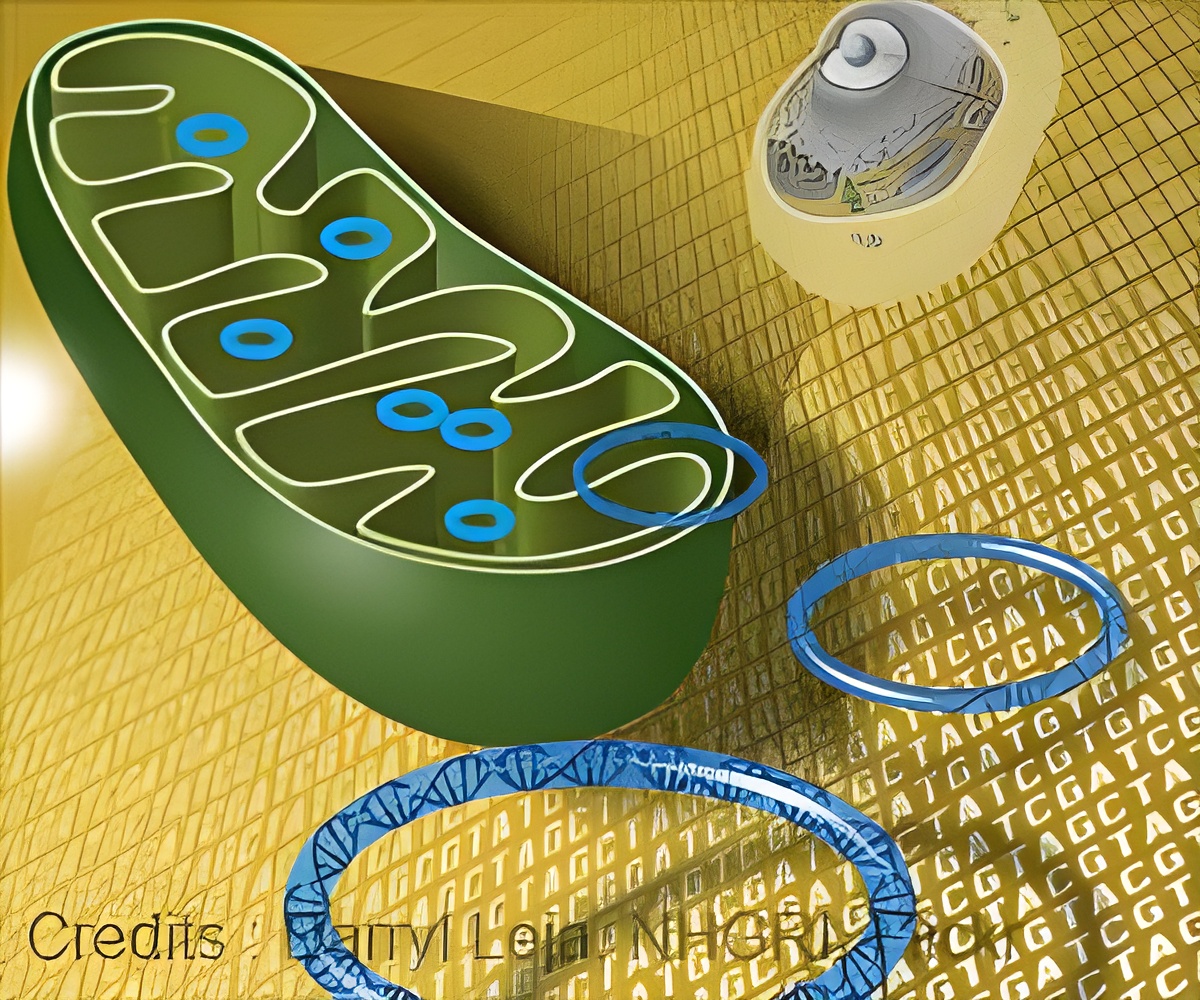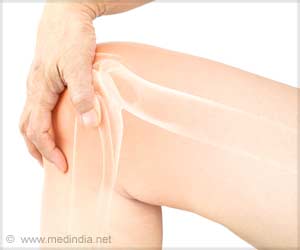
‘Finding the exact moment when the mitochondrial DNA is released may help treat autoimmune diseases.’
Tweet it Now
Mitochondria are the ultimate double agent; they are essential to keep cells alive, but when damaged, they can trigger the body's own immune system with potentially devastating consequences. Because the DNA inside mitochondria (mtDNA) has many similarities with bacterial DNA (they share common ancestry), the body reacts to its presence outside the mitochondria, or indeed, outside the cell, as if under attack from invading pathogens. It is a similar failure to distinguish 'self' from 'non-self' that underlies inflammatory and autoimmune diseases. While the release of mtDNA is thought to contribute to autoimmune diseases such as lupus, how it escapes from the mitochondria has never been explained. Monash BDI researcher Dr Kate McArthur, while completing her PhD at the Walter and Eliza Hall Institute, used a revolutionary new microscope at the Janelia Research Campus in the US to capture the moment when mitochondria form a 'hernia' that balloons out of the mitochondria expelling the DNA into the rest of the cell.
The live-cell lattice light-sheet microscopy (LLSM) system developed by Nobel Prize winner Eric Betzig is a new technique that allows scientists to observe living cells at groundbreaking resolution. Dr McArthur travelled to the Janelia Research Campus in Virginia multiple times between 2015-2017, and remembers the moment when she witnessed, for the first time, the mitochondria actively expelling its DNA.
"As scientists, we are taught to be quite sceptical when we see something unexpected, so I think my initial reaction was 'no way...'
"It was only after I had carefully repeated the experiment many times that I began to realise what we had found," Dr McArthur said.
Advertisement
"What we witnessed - in real time - was these professional killer proteins opening up huge 'macropores' in the outer membrane of the mitochondria, leading the inner contents to herniate out, bringing the mtDNA with it," Professor Kile said.
Advertisement
The discovery was cemented by images captured by Monash University's Titan Krios cryo-electron microscope, currently the most advanced microscope for biological electron microscopy, and the Walter and Eliza Hall Institute's new lattice light-sheet microscope, custom built by collaborators in the Institute's Centre for Dynamic Imaging.
Professor Kile stressed that, in research, "fundamental discoveries such as this are rare, and this one has profound implications for the understanding of a wide range of autoimmune diseases and infections.
"This has been a brilliant collaboration - between Monash's Biomedicine Discovery Institute, the Walter and Eliza Hall Institute of Medical Research here in Melbourne and the Janelia Research Campus in the US - which has brought together cutting-edge technologies and first-class expertise to address questions that before now, had never been asked, and would have been impossible to answer," he said.
Source-Eurekalert









